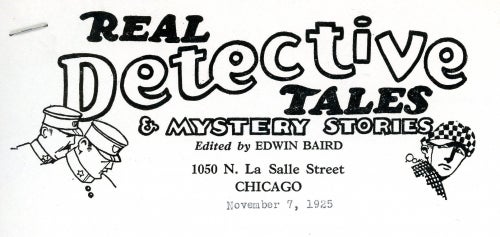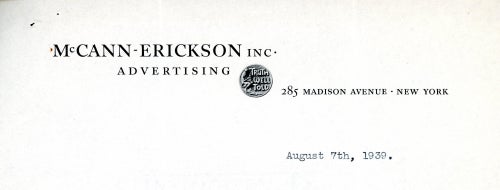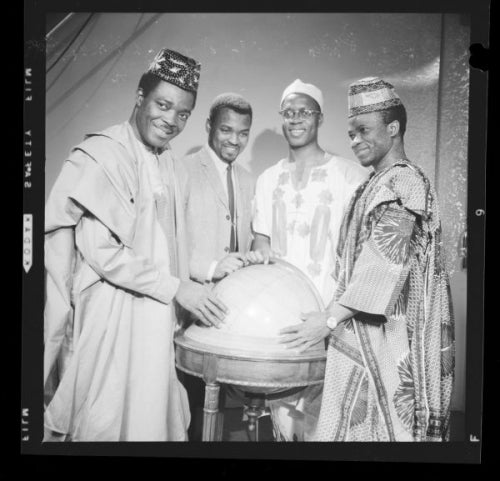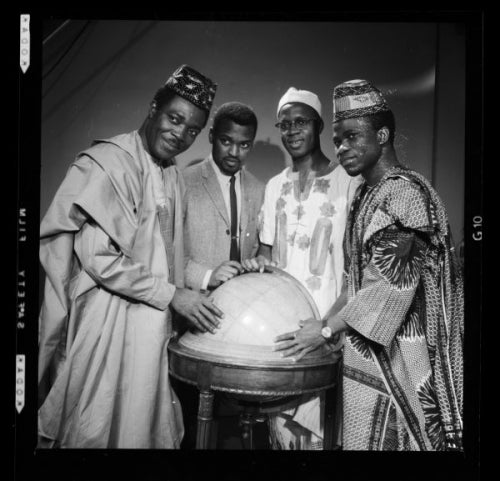Dana Porter Library, first floor
University of Waterloo Library
Waterloo, Ontario N2L 3G1
519-888-4567 x42619 or x42445
Since I started back in February, I have been working on a variety of projects to improve online access to our holdings. Beyond answering research requests and providing digital project(s) support to my colleagues, a lot of my energy is focused on cleaning up and improving descriptive records. The work is important because it impacts how easily we can find material that supports specific research areas and how efficiently we can migrate the related information to different platforms.
Reading that over, you wouldn’t be wrong to assume that I spend a lot of time in front of a computer. Most days, in fact, that’s all I do..! What may not be so obvious is that despite being a Digital Archivist, I also spend a lot of time pulling and reviewing original records. I do so to make sure that our electronic descriptions match what we have stored in boxes and along the way I always find something fun.
Record clean up
One project I worked on this summer was consolidating lists of letters that appear in the International Press Bureau fonds. My goal was to centralize descriptive records so that it would be easier to locate a specific letter in a specific file. In addition to gaining a better understanding of short story syndication during the early 1900s, I came across some rather charming letterhead:

Letterhead from Modern Homemaking: A Magazine of Homemaking and Fiction (GA 1, File 524)

Letterhead from Real Detective Tales & Mystery Stories (GA 1, File 660)

Letterhead from McCann-Erickson Inc. Advertising (GA 1, File 516)
This last one isn’t very visually striking, but it may be of interest to the Mad Men fans in your life. [1]
Expanding descriptive information
Ahead of the University of Waterloo’s 60th anniversary, I have also been working my way through newspaper clippings files. They contain articles, cut out of newspapers, that mention UWaterloo.[2] Because we get so many requests about the anniversary focused on specific events or people, my primary focus is giving names to the unidentified people in our extensive photographic holdings and finding interesting pieces about UWaterloo’s history. Here is a Kitchener-Waterloo Record (KWR) clipping I found in a file titled ‘Foreign students’,[3] which helped me do both:

University of Waterloo Archives, Vertical files collection (File 1966-25)
Using the date – Mon., Feb. 21, 1966 – I was able to locate the corresponding descriptive record in the Kitchener-Waterloo Record Photographic Negative Collection for the negatives that were taken for this article. It sounds like a straightforward process, but it can often be more difficult than it sounds..!
I determined that the title for the negatives that match the article above was “Africa Student Federation” (ASF). It was a starting point, but the following questions were all impossible to answer without the clipping:
- Are the photos of people or an office?
- If there are students in the photo, how many are there? And what are their names?
- What was the purpose of the ASF? Was it affiliated with a specific school?
- Why were these photos taken?
Without the clipping to provide valuable context to the title assigned to the negatives by KWR staff, the ASF and the people who represented it would have remained hidden. Luckily I did have the clipping, so I was able to help answer most of these questions in the relevant descriptive record and indicated that the photo ran in the February 21, 1966 edition of the paper. I was also able to make note of a correction to the original title - it should have read African Student Federation as opposed to Africa Student Federation.
This is the scan of the original black and white photo with the corresponding caption typed out:[4]

"AFRICAN STUDENTS - Four of six African students who will graduate from Waterloo's universities this year pose in their national dress to mark the opening of a $5,000 campaign by the African Students Foundation. They are (left to right) Lobe Enwalipenja, Kumba, West Cameroon; Ronald S. Edari, Kenya; Chukuma Nwachuku, Nigeria, and O'Remi Balogun, Nigeria. The campaign will be held this week." Kitchener-Waterloo Record Photographic Negative Collection (66-75_02)
And for good measure, here is a scan of the other negative in the envelope that wasn’t selected for publication:

Kitchener-Waterloo Record Photographic Negative Collection (66-75_01)
That's it for now. Until next time!
[1] McCann Erickson in popular culture (back)
[2] These clippings were collected by people who read newspapers every day for mentions of UWaterloo. Today, while many organizations may still have dedicated media monitoring teams, most of us can access a similar service by searching for terms of interest, like the ‘University of Waterloo’, in Google News. (back)
[3] In archival practice original file tiles are maintained to preserve the manner in which records were used. They are also maintained, as illustrated by this title, to reflect the climate of the era in which they were created. ‘Foreign students’ is a term that was used historically to refer to students from other countries, which has fallen into disuse. Today, the common term is ‘International students’. (back)
[4] Manually typing out the caption is often the most efficient way to capture relevant information. The alternative is scanning the clipping, using optical character recognition to extract the text and adding it to the descriptive record after any necessary text clean up. (back)




